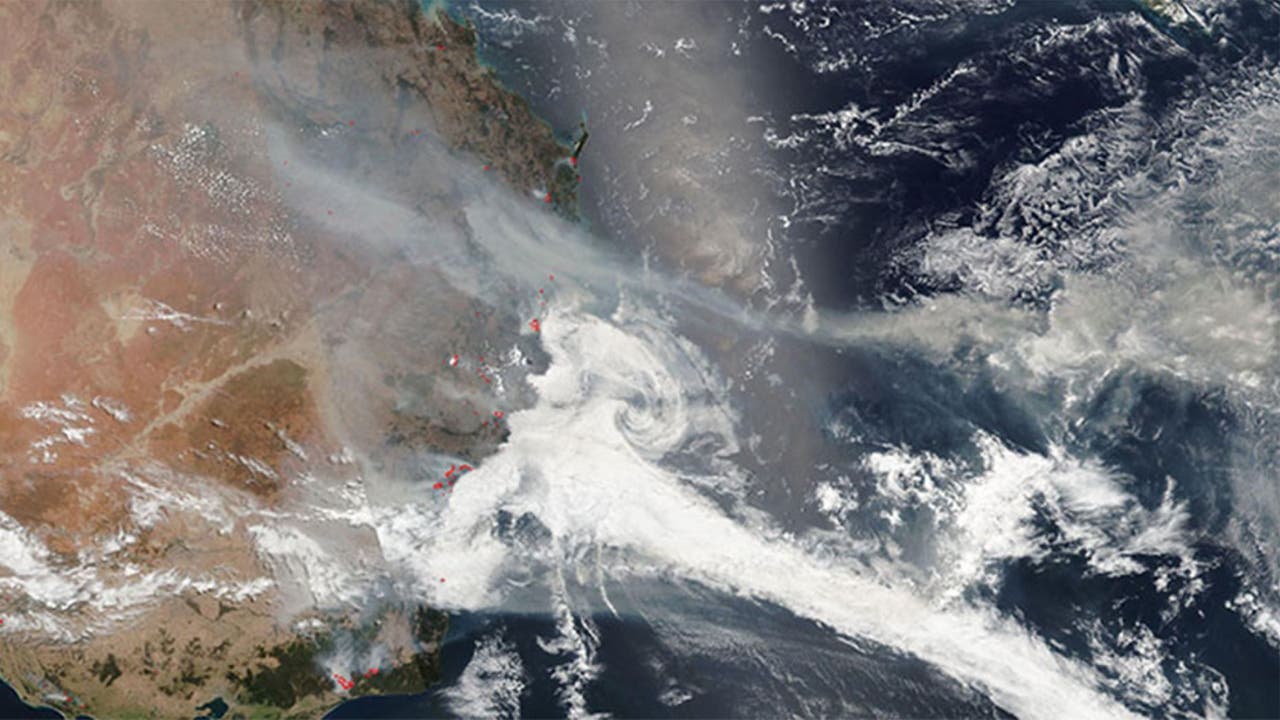

Downwind, Argo floats in the ocean also detected elevated levels of chlorophyll in the bloom areas, affirming that the satellite chlorophyll signal was real. Analyses of airborne aerosol samples collected there revealed the presence of iron and a saccharide molecule called levoglucosan that forms when cellulose burns-direct evidence that the aerosols came from the wildfires.

In those two regions, black carbon aerosol values were also 300 percent higher than normal, a level unprecedented in the 17-year aerosol record.Īs the wildfire plumes streamed off the Australian continent, they passed over an air sampling station on the summit of Mount Wellington in Tasmania. Those chlorophyll anomalies occurred within a few days to weeks after the peaks in black carbon aerosols. The researchers identified two regions south and east of Australia where chlorophyll concentrations were double the normal seasonal levels-values never before observed in the 22-year satellite record. The maps above show the monthly aerosol levels (left) and chlorophyll anomalies (right) from November 2019 to February 2020. OCCI merges data from the Medium Resolution Imaging Spectrometer (MERIS) on Envisat, Terra MODIS, the Visible Infrared Imaging Radiometer Suite (VIIRS), and the Sea-viewing Wide Field-of-view Sensor (SeaWiFS). The team also examined chlorophyll concentrations recorded by the European Space Agency's Ocean Color Climate Change Initiative. Tang, Cassar, and colleagues found that black carbon emissions emanated mainly from wildfires in southern and eastern Australia and blew out to the broad South Pacific within a few days. The researchers looked specifically at black carbon AOD as a proxy for wildfire aerosols. In the visible spectrum, AOD provides a measure of the amount of desert dust, sea salt, sulfate, organic matter, and black carbon in a column of air. To quantify the aerosols emitted by the fires, the team examined aerosol optical depth (AOD) data from the Copernicus Atmosphere Monitoring Service (CAMS), which is based partly on measurements from the Moderate Resolution Imaging Spectroradiometer (MODIS) on NASA’s Terra and Aqua satellites. “The fact that both the fires and the blooms were unprecedented in the satellite record initially gave us an inkling that they might be connected,” Cassar said. It is important to understand the effects of such fires, not just on local ecosystems but on distant ones as well, noted marine biogeochemist Weiyi Tang of Princeton and biogeochemist Nicolas Cassar of Duke University, lead authors of the study. As global climate warms, such fires are expected to increase in frequency and intensity, releasing more carbon dioxide, which further fuels climate change. The image above, acquired on January 6, 2020, by the Japanese satellite Himawari-8, shows the plume of smoke and ash streaming away from the fires on the southeastern coast of Australia. Together the surface area of those blooms exceeded the size of Australia. From December 2019 to March 2020, the deposition of aerosols emitted by the fires triggered phytoplankton blooms in the normally iron-limited waters of the South Pacific and Southern Ocean. That smoky summer also affected marine ecosystems thousands of kilometers away, according to new research that combined satellite data and surface measurements. The fires emitted vast amounts of carbon dioxide and lofted smoke plumes to record heights. Started in October 2019 and burning through January 2020, they scorched millions of hectares and killed or displaced an estimated 3 billion animals. The catastrophic wildfires that scorched eucalyptus forests in southern and eastern Australia in the summer of 2019-2020 were unprecedented in their scale and intensity.


 0 kommentar(er)
0 kommentar(er)
